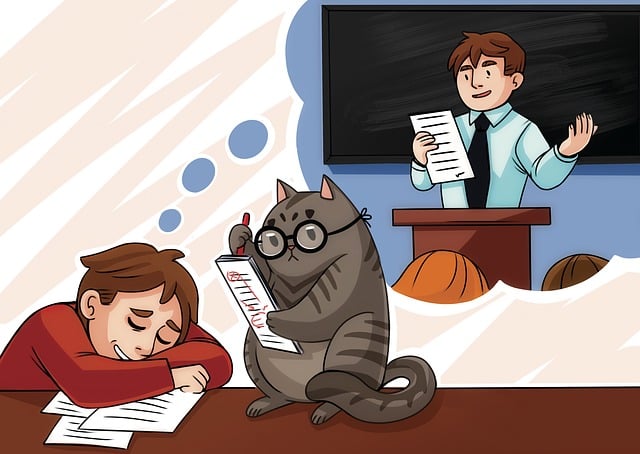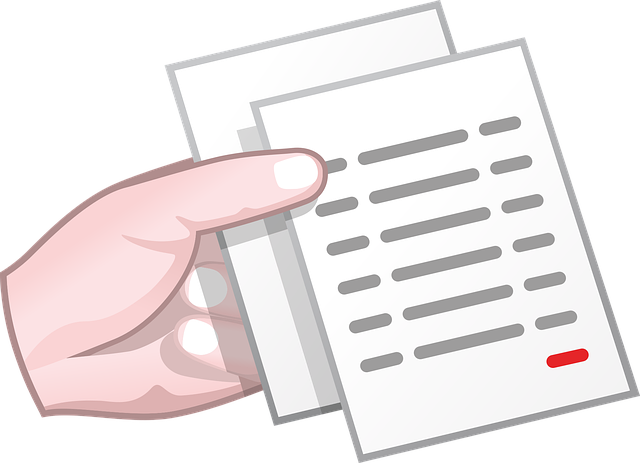Understanding lease contracts is essential for students renting properties to ensure fairness and legal protection. A lease agreement, legally binding between landlord and tenant, specifies rights and responsibilities for a fixed term, covering duration, rent, maintenance, subletting rules, and damage procedures. By familiarizing themselves with key terms like lease term, security deposits, and local tenant rights laws, students can make informed decisions, avoid issues, and foster a respectful living environment.
“Confused about lease contracts? This student-friendly guide breaks down everything you need to know. We’ll explore what a lease contract is, dissect key terms and components often found in student leases, and help you navigate your rights and responsibilities. By the end, you’ll be equipped with the knowledge to make informed decisions when renting off-campus housing. Understanding leases is a crucial step towards securing a safe and affordable living space.”
- What is a Lease Contract?
- Key Terms and Components of a Student Lease
- Navigating Your Rights and Responsibilities
What is a Lease Contract?

A lease contract, also known as a rental agreement or leasehold, is a legal document that outlines the terms and conditions between a landlord (or property owner) and a tenant (or lessee). It’s an essential aspect of understanding leases, serving as a roadmap for both parties’ rights and responsibilities during the tenure of a specific period. When you sign a lease contract, you’re essentially agreeing to rent a property for a fixed term, typically in exchange for regular rent payments.
This agreement spells out critical details such as the rental duration, monthly rent amount, payment due dates, rules regarding subletting or assigning the lease, maintenance responsibilities, and procedures for handling damage or repairs. Understanding leases involves comprehending these clauses to ensure a fair and legally binding arrangement. By knowing what’s covered and what expectations are set, students can make informed decisions when renting properties, protecting themselves from potential issues down the line.
Key Terms and Components of a Student Lease

When navigating student life, understanding lease contracts is crucial for a seamless experience. A lease is essentially an agreement between a landlord and a tenant, outlining the terms and conditions for living in a property during a specific period. For students, this often involves sharing accommodation with peers. Key terms to familiarize yourself with include ‘lessor’ (landlord) and ‘lessee’ (tenant), ‘lease term’ (duration of the agreement), and ‘rent’ (the monetary obligation).
The lease should clearly state the property’s details, such as its address and the dates it is available for occupancy. It covers essential components like rent amount, payment due dates, and any additional fees or charges. Additionally, it may include clauses on security deposits, maintenance responsibilities, subletting rules, and notice periods for moving out. Knowing these elements empowers students to make informed decisions and avoid potential pitfalls when securing accommodation.
Navigating Your Rights and Responsibilities

Navigating your rights and responsibilities is a crucial part of understanding leases. As a student, it’s essential to know that lease agreements hold both parties accountable for specific duties. By carefully reading and comprehending your lease, you’ll be aware of expectations regarding rent payments, maintenance requests, and the condition of the property. This proactive approach ensures you’re protected and can advocate for yourself throughout your tenancy.
When understanding leases, remember that knowledge is power. Familiarize yourself with local tenant rights laws, which often include provisions for security deposits, notice periods for eviction, and repairs or maintenance. By knowing these rights, you can confidently communicate with your landlord or property manager, ensuring a fair and respectful living environment.






